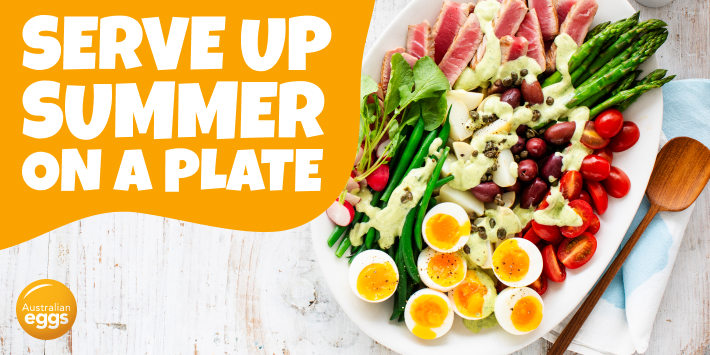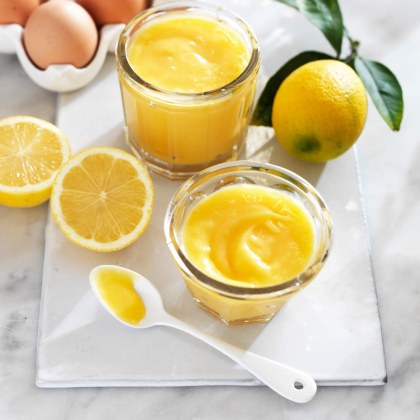Easy lemon curd in the microwave (plus tips!)
It's so easy to make this citrusy curd, and you don't need to pull out the pots and pans or double boiler. If you have a microwave that you can set to 50% power, this recipe comes together in 15 minutes or under. It's not just lemon curd you can make either, experiment with other ideas like Strawberry Curd or Pineapple and Lime Curd.
Lemon curd recipe
Prep time: 10 minutes
Cook time: 7-10 minutes
Makes: approx. 1.5 cups
Ingredients
- 3 egg yolks
- 1 whole egg
- ½ cup (110g) caster sugar
- 2 tsp lemon zest
- ⅔ cup (160ml) lemon juice (approx. 2 lemons)
- 125g chilled butter, diced
Method
- Combine egg yolks, egg, sugar, lemon zest and juice in a large heatproof microwave-safe bowl. Whisk with a balloon whisk until combined
- Add the diced butter and place onto the microwave turntable
- Follow manufacturer’s instructions to reduce microwave power to 50%. Cook uncovered for 7-10 minutes, stirring every minute until mixture is thick enough to coat the back of a wooden spoon. (See tips)
- Cover the curd surface with plastic wrap to prevent it from forming a skin. Let cool to room temperature, then refrigerate until cold
Get the recipe that you can save to your myfoodbook cookbooks here: Lemon Curd
Microwave curd tips
- Use a large microwave safe bowl. The amount of curd will increase by about a third as it cooks, so larger is better when choosing your bowl.
- Pyrex and ceramics are usually microwave safe. Check plastic bowls say microwave safe before using.
- The power levels of microwaves vary a lot, which will change the cooking times. Most microwaves have an option to change the power level, ensure you are able to reduce the power level to 50% for cooking microwave curd.
- Use caster sugar instead of white sugar. Caster sugar is finer and will therefore dissolve a lot faster.
- Use chilled, not room temperature butter, diced into small cubes. This will help it to melt evenly and emulsify, and will also bring down the temperature of the curd to prevent it from overcooking.
- Use a balloon whisk to stir curd, this is the best tool to ensure that the curd is being moved around the bowl and cooking evenly.
- Cook curd in one-minute bursts. Stopping and stirring every minute or so prevents uneven cooking or overheating of certain spots. If you don’t cook the curd in bursts, it will split.
- To test if the curd is ready, dip a spoon into the hot curd. Run a finger across the back of the spoon and the curd should hold the trail without running. It's okay if it's a little looser than you want, as it will continue to thicken as it cools.
- When making fruit curds such as strawberry or pine lime, reserve a little of the fruit. Taste the cooked curd and adjust the sweetness with extra fruit or sourness with extra lemon or lime juice.
- Cover the surface of the curd with cling film and cool to room temperature before refrigerating it. This will stop a skin forming. This curd will last in the fridge, covered, for up to 2 weeks.
More curd recipes and ways to use curd
You can make curd with almost any other fruit, watch how to make pineapple-lime curd and strawberry curd below. You can make these two curds in the microwave too, simply prepare the ingredients and follow the same method as the lemon curd.
GET THE RECIPE: Pine Lime Curd by Australian Eggs
GET THE RECIPE: Strawberry Curd by Australian Eggs





















